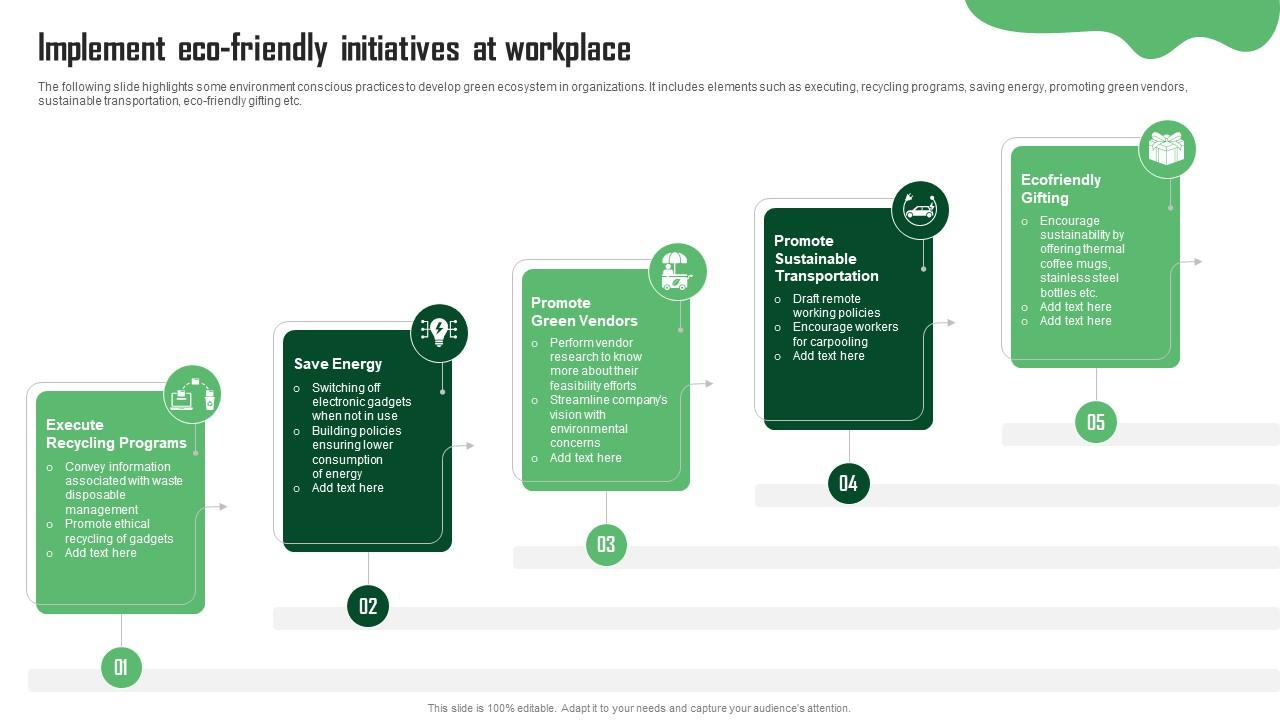Virtual reality (VR) technology has come a long way since its inception in the 1960s. Initially, it was invented for military training exercises, but the potential of VR was soon realized by game developers. Today, VR is being adopted by various businesses across the world. The COVID-19 pandemic has accelerated the adoption of VR technology in several industries as remote work has become the norm. The global virtual reality market size is expected to reach $62.1 billion by 2027, growing at a CAGR of 30.2% from 2020 to 2027. In this article, we will explore some of the trends in the evolution of virtual reality in business:
1. VR for employee training:
Many businesses are using VR for employee training on safety procedures, machinery operation, and customer service. Traditional training methods can be time-consuming and difficult to implement across dispersed teams. VR training enables employees to experience different scenarios and learn in a safe yet realistic environment.
2. VR in healthcare:
Virtual Reality is increasingly being used in healthcare to train doctors and nurses. It’s also used to treat patients with various disorders such as anxiety, PTSD, and chronic pain. The use of VR has shown to reduce pain levels in patients and improve clinical outcomes.
3. VR for marketing and advertising:
VR can be a unique way to engage customers and promote brands. Companies like Marriott and Thomas Cook have used VR to showcase their hotels and resorts. VR technology allows customers to experience the product before making a purchase decision.
4. VR in architecture and real estate:
VR technology can be used in real estate and architecture to provide clients with a virtual tour of properties. VR can help architects and real estate agents to showcase their designs to potential clients in a more interactive and immersive way.
5. VR for remote work:
The pandemic has made remote work the new norm. VR can help to create a virtual workplace where employees can interact with each other. This can help to replicate the collaboration and team spirit that are often lost in remote work.
In conclusion, the potential of VR technology in business is vast, and there are several trends that we can expect to see in the coming years. As VR technology becomes more affordable and accessible, we can expect that businesses will increasingly adopt this technology to enhance employee training, healthcare treatments, marketing, architecture, and remote work.


